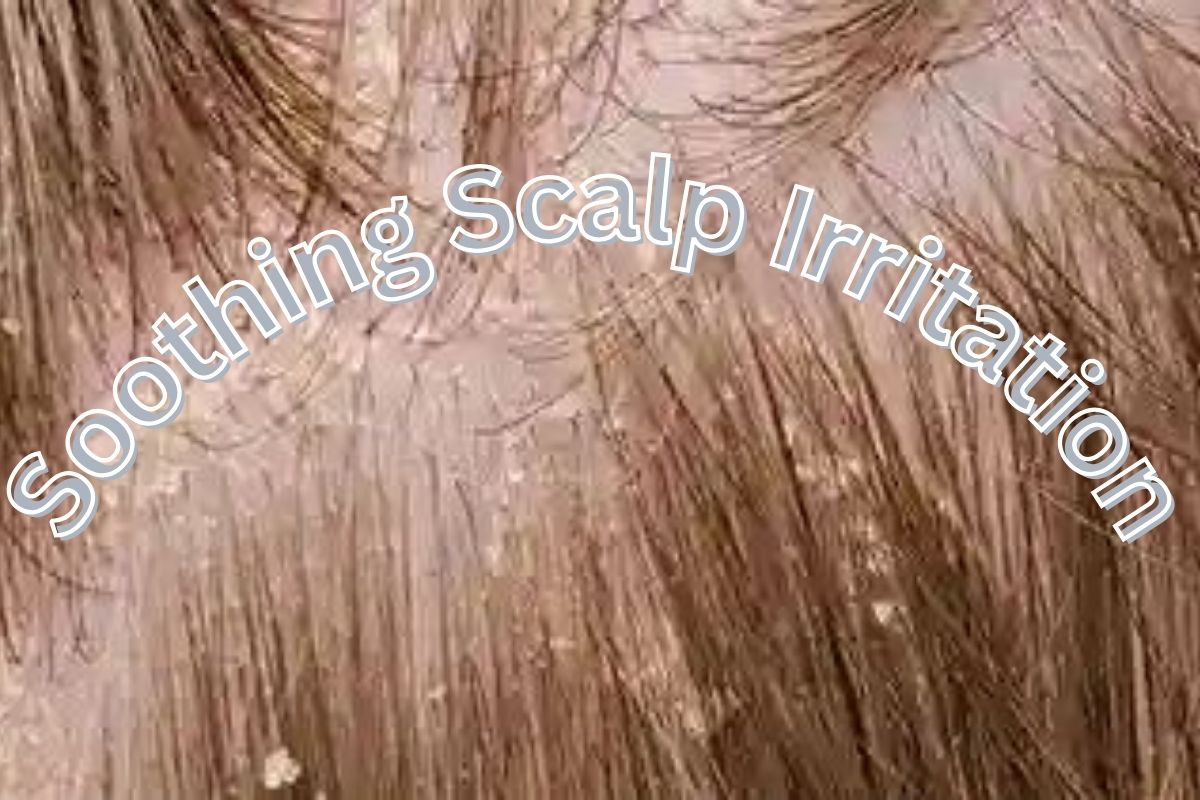
Learn about beauty and skincare with our expert guide.
Introduction.
Seborrheic dermatitis is a major skin problem that happens due to flaky skin, patches, and dandruff. This problem can be seen in oily areas like the scalp, chest, cheeks, and back. What to Know About Seborrheic Dermatitis 3 powerful solution. No doubt, it is a form of eczema; seborrheic dermatitis tends to persist for long periods, but we need to treat and manage it well.

A researcher and dermatologist may find out its basic reason and cause, but according to skin research, these main factors can be seen very clearly.
If a person has this issue, first we may see his family hierarchy, whether anyone in his forefathers was suffering from this disease, and if yes, then this person got this from his hormones. So it’s better to treat this disease in a good way to stop it from reaching the next generation.
2. Redundancy of Oil.
Overproduction of oil causes redness, itching, and scaly patches.
2. Malassezia Yeast:
It is naturally found in oily skin. When this yeast grows too much, it can cause inflammation and increase oil production, worsening seborrheic dermatitis.In babies, this condition is called cradle cap. It usually appears soon after birth and goes away on its own in a few months. In adults, seborrheic dermatitis can also be linked to other skin issues, like psoriasis.
It may be thought that one person gets this disease while another does not. It’s not fully understandable, but many factors can be seen clearly.
Major Factors.
Systems may occur in different situations and natures, but some natural symptoms are discussed here.

Dermatologists mostly recommend home remedies before starting any medication. Home remedies initiatives may be followed
If symptoms persist, medical treatments may be necessary.
Dry Scalp and Dandruff solution. See also here
Go to the doctor if
For babies, reach out to a pediatrician if the skin cap isn’t better or becomes bad. Sometimes, recommended shampoos or lotions might be essential.
What Can Be Mistaken for Seborrheic Dermatitis?
Seborrheic dermatitis can look similar to a few other skin conditions, such as
Seborrheic dermatitis is a permanent situation that often needs ongoing care. While many people experience long stretches with little or no signs, flare-ups can still occur. By sticking to an ongoing treatment routine and identifying triggers, most people can keep the condition under control and minimize its impact on daily life.
Creating a skincare routine that works for you and collaborating with a doctor to find the best treatment plan can help manage seborrheic dermatitis without leading to more serious health issues.
Conclusion.
Seborrheic dermatitis is a chronic but manageable condition, with flare-ups that can be controlled through consistent treatment and trigger management. By following a personalized skincare routine and consulting with a doctor, most people can minimize symptoms and maintain a good quality of life. With the right care, seborrheic dermatitis doesn’t lead to serious health issues.Dry Scalp and Dandruff solution. See also here
What is seborrheic dermatitis and what causes it?
Seborrheic dermatitis is a common inflammatory skin condition caused by an overgrowth of yeast on the skin and excess oil production. It often affects the scalp, face, and other oily areas of the body.
Is seborrheic dermatitis contagious or permanent?
No, seborrheic dermatitis is not contagious. It is a chronic condition that can come and go, but it can be managed effectively with the right treatment.
What are the 3 most powerful solutions for seborrheic dermatitis?
The three most powerful solutions are:
Which shampoo is best for treating seborrheic dermatitis on the scalp?
Medicated shampoos with ingredients like ketoconazole, salicylic acid, coal tar, or zinc pyrithione are highly effective in reducing symptoms and controlling flare-ups
Can seborrheic dermatitis be cured permanently?
There is no permanent cure, but symptoms can be significantly reduced and controlled with consistent treatment and preventive care.
Is seborrheic dermatitis linked to diet or stress?
Yes, both stress and poor diet can trigger or worsen seborrheic dermatitis. A balanced diet rich in anti-inflammatory foods and proper stress management may help.
How do I know if I have seborrheic dermatitis or dandruff?
While both conditions cause flaky scalp, seborrheic dermatitis often includes redness, itching, and greasy patches, and may extend beyond the scalp to areas like eyebrows, nose, or ears.
Can I use natural remedies for seborrheic dermatitis?
Yes, natural remedies like tea tree oil, aloe vera, apple cider vinegar, and omega-3 supplements may help reduce inflammation and improve skin health, but consult a dermatologist before use.
Is seborrheic dermatitis worse in winter or summer?
Seborrheic dermatitis tends to worsen in cold, dry weather (winter) and improve in warm, humid climates, though it can vary by individual.
What skincare routine is best for seborrheic dermatitis?
Use a gentle, fragrance-free cleanser, avoid harsh scrubbing, apply anti-fungal or anti-inflammatory creams as prescribed, and moisturize regularly to soothe the skin.
For any Kind of Skincare problem, you Must Visit us
No comments yet. Be the first to comment!
You must be logged in to post a comment.

Recent Comments